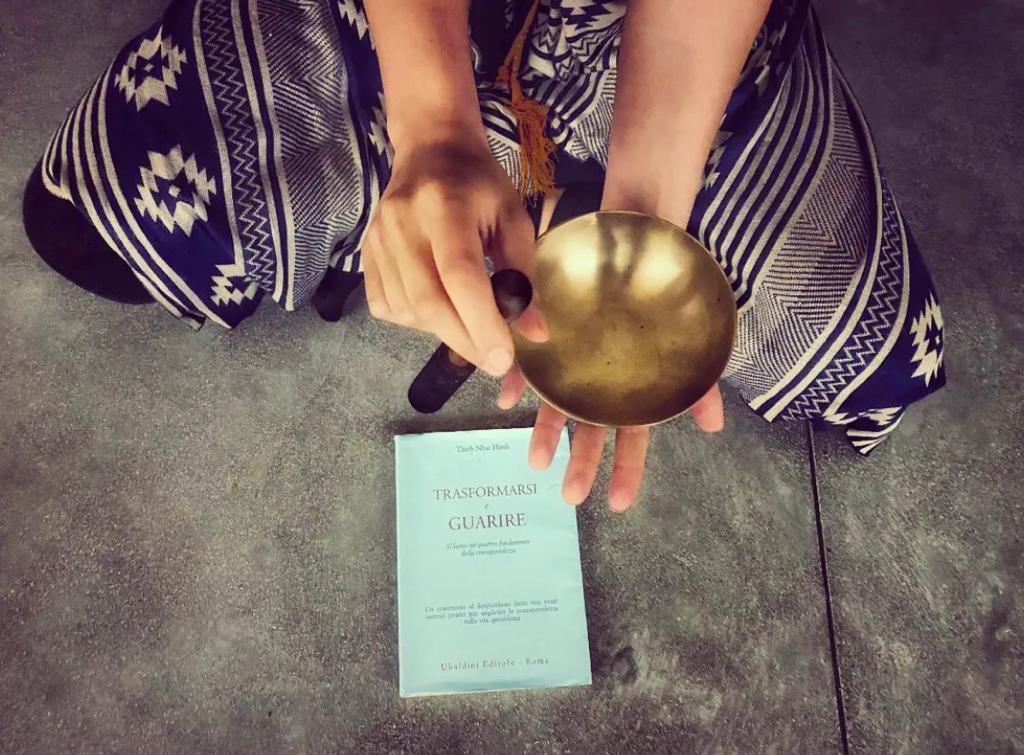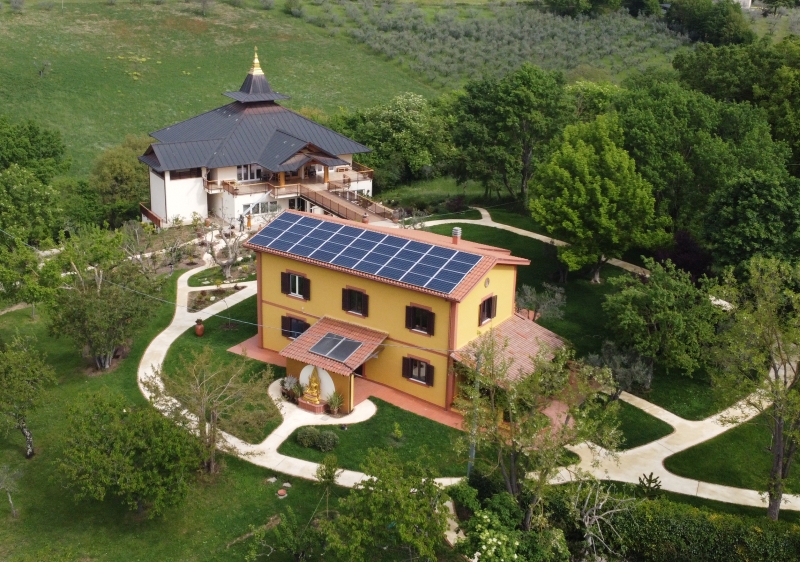Meditation in Theravada Buddhism
Theravada Buddhism is the closest reservoir of teachings to the Buddha's death some 2500 years ago, which is why it is also called Ancient Buddhism.
The Buddha left nothing written, that was a time of oral transmission and people had a great memory. His disciples were the ones who transcribed his wisdom: thus was born the Pali Canon, a very long series of precious texts teeming with practical examples and pearls of awakening.
The Forest monks practised His teachings by living a nomadic life in the forests. The secret of this choice perhaps lies in the urge to take refuge not in worldly comforts, but in awareness.
What better place than the forest to have one's senses alert, to cling to nothing and to recognise the mind to the millimetre? The mind is very much like a forest. Within the mind, too, we can learn to move with agility, discernment and careful synchrony.


Sancittarama
Santacittarama is a Theravada Thai Forest Monastery located in Poggio Nativo, Rieti. Here you can meet monks who live in Kuti (huts) in the woods and practise a very ancient form of Buddhism. Their clothes have the colours of autumn leaves.
Meditation in everyday life
Meditation is practised sitting on a cushion (or a chair). But that is only the formal part of the training.
On the cushion one sharpens the sword of attention and care, so that it can then arise at the right moment in the chaos and inner conflicts of everyday life, cutting through illusions and the creation of unnecessary suffering.
Everyday emotions can accumulate to the proportions of an elephant.
The aim of meditation is to be on top of the elephant, with the lightness of a bird resting on the difficulties, knowing their intimate transient nature.
